Nutritional Information of Energy Drinks(Japan)
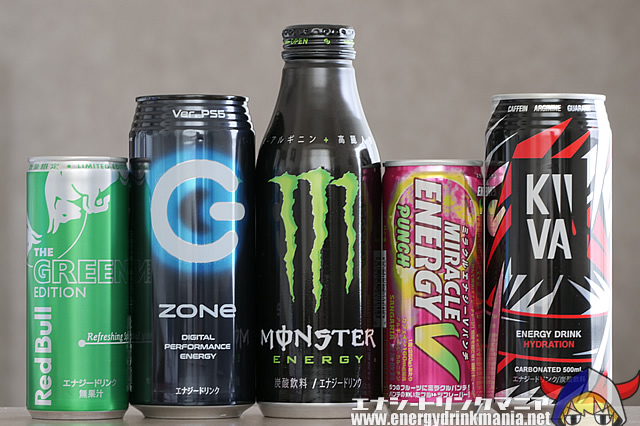
It is understandable that people might think energy drinks contain mysterious and potentially dangerous ingredients. However, dangerous substances wouldn't even make it to the market in the first place. So, take a moment to check the back of the product. If you come across any unfamiliar ingredients, you can refer to the "List of Main Ingredients in Energy Drinks" for more information.
With that said, let's dive into an explanation of the nutritional information listed on the back of energy drink products.
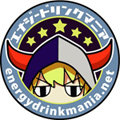 Author: Energy Drink-kun
Author: Energy Drink-kun
In 2001, while living in the United States, I encountered energy drinks through the dance scene and was deeply impressed. After returning to Japan, I found that energy drinks were considered novelty beverages, so I established a comprehensive website in 2013 to share the true appeal of energy drinks. As an energy drink enthusiast, I began drinking them seriously again, collecting over 7,000 varieties of energy drinks from various countries. I am also active as a critic and expert, receiving media interviews.
Nutrition Facts in Japan
Until now, Japan had three different labeling rules for different purposes: the Food Sanitation Act, the JAS Law, and the Health Promotion Act. However, these were consolidated into the Food Labeling Act in 2015. A "transitional period" was established to switch from the previous labels to those in compliance with the new Food Labeling Act, which ended in March 2020, five years after the enforcement date.
By the end of this transitional period, energy drinks also transitioned to the new nutrition facts labeling in accordance with the new Food Labeling Act.
The following changes were made to the mandatory labeling based on the new standards:
- Old Standards (Optional) – Energy, Protein, Fat, Carbohydrates, Sodium
- New Standards (Mandatory) – Energy, Protein, Fat, Carbohydrates, Equivalent Amount of Salt
The previously listed "sodium" has now been changed to "equivalent amount of salt." This change makes it easier to understand the recommended daily intake of salt.
By the way, this "equivalent amount of salt" is not specifically listed because salt is added. It represents the amount of sodium in the product, converted into the equivalent amount of salt. Therefore, it is rare for energy drinks to contain an amount of salt that significantly affects the taste. (For example, products like Matsukiyo Body and Salt are exceptions.)
Reference Sites
Now, let's take a look at the actual nutritional facts labeling of domestic energy drinks. I compared the back label of Monster Energy Original.
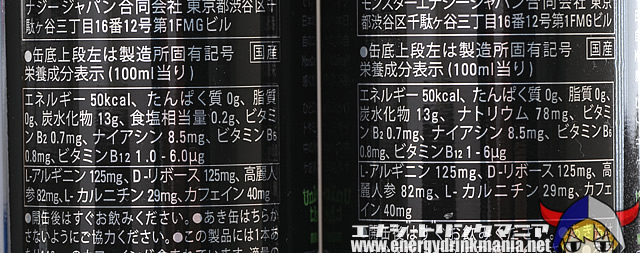
As you can see, the label has been changed to show "equivalent amount of salt" (Sodium content (mg) × 2.54 ÷ 1000 = Equivalent Amount of Salt).
Since 2015, during the transitional period, nutritional facts labeling has gradually been changed like this.
Ingredients List
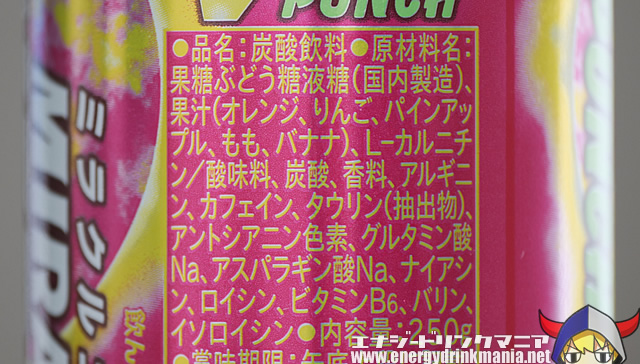
It is well known that ingredients are listed in descending order by weight, and this is indeed the case.
Even if the exact amounts are not listed, you can understand which ingredients are the most abundant from left to right.
Food Additives Listing
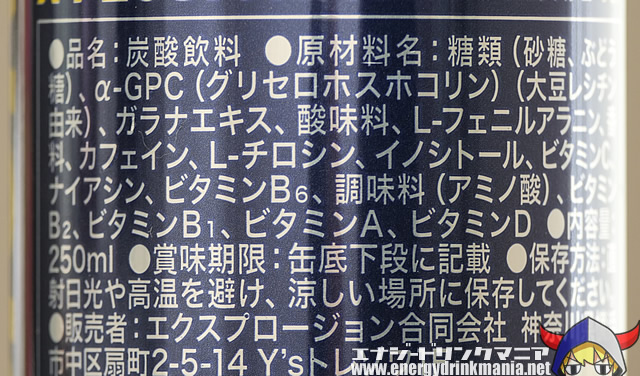
Food additives are regulated under Article 12 of the Food Sanitation Act, and only those designated by the Minister of Health, Labour, and Welfare (designated additives) can be used.
In addition to designated additives, other existing additives that are widely known to be safe, natural flavors extracted from plants and animals, food colorants or fruit juices, and other additives from general foodstuffs can be used.
All food additives included in processed foods must be listed according to the Food Labeling Act. So, there is no need to worry about "mysterious dangerous ingredients" being hidden in energy drinks. I have linked a list of additives in the reference sites below for those who are curious.
Reference Sites
However, just seeing the names of the listed additives doesn't tell us what they are and how they affect the body. Since it's impossible to summarize everything, if you encounter something unfamiliar in the nutritional facts of an energy drink, it's a good idea to Google and verify it. Public institutions or reputable sources like major manufacturers’ articles are useful references.
Generic Name Listings
Although the Food Labeling Act requires the listing of all additives, some food additives are grouped under generic names.
The reason for grouping them is that they are only effective when combined with other substances, and there is no need to list each one separately.
(Examples: Yeast Food, Gum Base, Kansui, Enzyme, Glossing Agents, Flavors, Acidulants, Seasonings, Tofu Coagulants, Bitterness Agents, Emulsifiers, pH Adjusters, Leavening Agents, Softening Agents)
Exemptions from Listing
On the other hand, there are some food additives that are exempt from being listed.
- Substances used during processing that are removed, neutralized, or present in trace amounts with no effect
- Substances that are present in the raw materials but do not have an effect in the final product
- Vitamin, mineral, and amino acid nutritional supplements
Reference Sites
If You Have Doubts, It's Recommended to Do Thorough Research
This article covers the nutritional facts and additives included in energy drinks as well as other food products in Japan. The information is based on credible sources like national institutions and other authoritative organizations.
If you have any concerns, it's always best to research using trustworthy sources. It is risky to blindly believe social media or online news without citing credible references.
Recommended Articles
- Caffeine Addiction and Lethal Doses of Energy Drinks
- Dangerous Side Effects of Monster Energy Explained by an Enthusiast
- Let's See the Process of Death from Excessive Consumption of Monster Energy
- List of Ingredients and Effects of Energy Drinks
- Can Excessive Consumption of Energy Drinks Increase Liver Enzyme Levels?
Related for Nutritional Information of Energy Drinks(Japan)
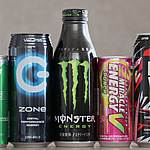 Nutritional Information of Energy Drinks(Japan)
Nutritional Information of Energy Drinks(Japan) What Happens If You Drink Energy Drinks Every Day!? A Fan Who Has Been Drinking Them Since 2013 Writes About It
What Happens If You Drink Energy Drinks Every Day!? A Fan Who Has Been Drinking Them Since 2013 Writes About It Possibility of Cardiac Arrest from 75 Red Bulls and 42 Monsters: Caffeine Poisoning Leading to Emergency Transport and Deaths in Japan
Possibility of Cardiac Arrest from 75 Red Bulls and 42 Monsters: Caffeine Poisoning Leading to Emergency Transport and Deaths in Japan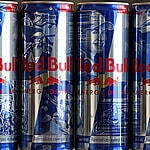 24oz Red Bull 24 cans consumed leading to death news
24oz Red Bull 24 cans consumed leading to death news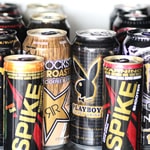 First case in Japan: A man in his 20s from Kyushu died from energy drinks and caffeine pills
First case in Japan: A man in his 20s from Kyushu died from energy drinks and caffeine pills
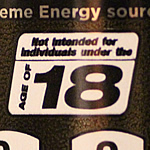 Are energy drinks harmful to children? Response of each company and ingredients are explained.
Are energy drinks harmful to children? Response of each company and ingredients are explained.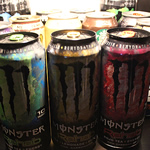 Energy drinks are ineffective! A thorough explanation from a serious energy drink mania
Energy drinks are ineffective! A thorough explanation from a serious energy drink mania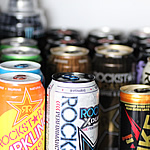 The dangers of drinking too many energy drinks
The dangers of drinking too many energy drinks Energy Drink Caffeine Overdose: How Much Is Too Much?
Energy Drink Caffeine Overdose: How Much Is Too Much?


 Since 2001, Energy Drink Maniac has been drinking energy drinks and providing the most detailed reviews of global energy drinks based on firsthand research.
Since 2001, Energy Drink Maniac has been drinking energy drinks and providing the most detailed reviews of global energy drinks based on firsthand research.